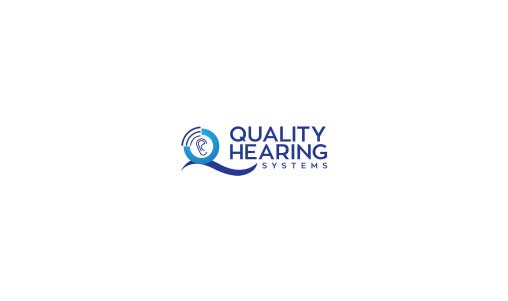America has a robust history of gun use, based to some extent on the TV and movies we grew up with, which contained pictures of cowboys and policemen shooting guns almost all the time. These visuals appear to have created a lasting impression, because millions of people still enjoy shooting guns, either at shooting ranges or while hunting. The aspect not thoroughly communicated to these many gun users is that the people firing guns on TV and in movies quite possibly wound up deaf, or battling with severe hearing disabilities.
Hearing loss from noise exposure, known as noise-induced hearing loss (NIHL), is one of the most common types of hearing impairment. NIHL is caused by two types of noise – transient sounds at high decibels (for example gunfire or explosions), and sustained high noise levels (for example working around heavy machinery)
The loudness of sounds is measured in decibels, with zero decibels corresponding to the sound of complete silence, 15 decibels being the level of a whisper, and 50 to 60 decibels being the level of normal conversation. The decibel scale is logarithmic. 50 decibels is twice as loud as 40, and 60 is four times as loud as 40. Sustained exposure to noises exceeding 90 decibels (for instance a farm tractor) might cause permanent hearing loss within weeks. Direct exposure to even quick bursts of louder sounds,for instance a rock concert at 120 decibels, may cause permanent hearing loss in just a few minutes.
Gunshots measure 140 decibels.
There does exist one aspect of the gun debate, that everyone agrees on. Gun aficionados, regular people, and hearing care specialists all agree that everyone firing a gun needs to wear ear protection. What variety of ear protection is best depends somewhat on where you plan to shoot.
If much of your shooting is at indoor or outdoor gun ranges, the best choice at a reasonable price is some type of over-the-ear “muff” style headphones that inhibit transient sounds not only from getting to the inner ear but also from getting to the cochlear bones at the rear of the ear. Quite a few sport shooters supplement the ear muffs by also wearing in-the-ear foam plugs with a NRR (Noise Reduction Rating) of 30 or more. On the high end of the price range you can also find electronic noise-cancelling headphones designed specifically for shooters, which are pricy but which will offer the highest levels of protection. These headphones block the gunfire sounds while permitting you to hear normal conversations.
Whether you are a novice or seasoned range shooter, ask your hearing care professional about the latest in hearing protection choices, and under no circumstances go to the firingrange without them. Then adhere to the advice they give, while you can still hear them talking to you.
 America has a robust history of gun use, based to some extent on the TV and movies we grew up with, which contained pictures of cowboys and policemen shooting guns almost all the time. These visuals appear to have created a lasting impression, because millions of people still enjoy shooting guns, either at shooting ranges or while hunting. The aspect not thoroughly communicated to these many gun users is that the people firing guns on TV and in movies quite possibly wound up deaf, or battling with severe hearing disabilities.
America has a robust history of gun use, based to some extent on the TV and movies we grew up with, which contained pictures of cowboys and policemen shooting guns almost all the time. These visuals appear to have created a lasting impression, because millions of people still enjoy shooting guns, either at shooting ranges or while hunting. The aspect not thoroughly communicated to these many gun users is that the people firing guns on TV and in movies quite possibly wound up deaf, or battling with severe hearing disabilities.